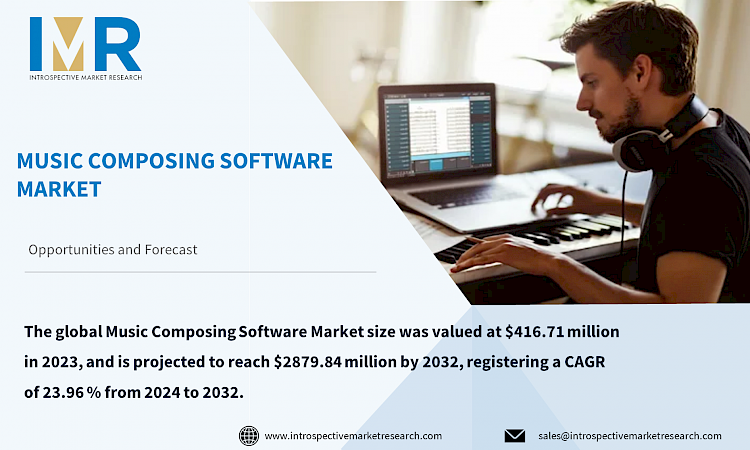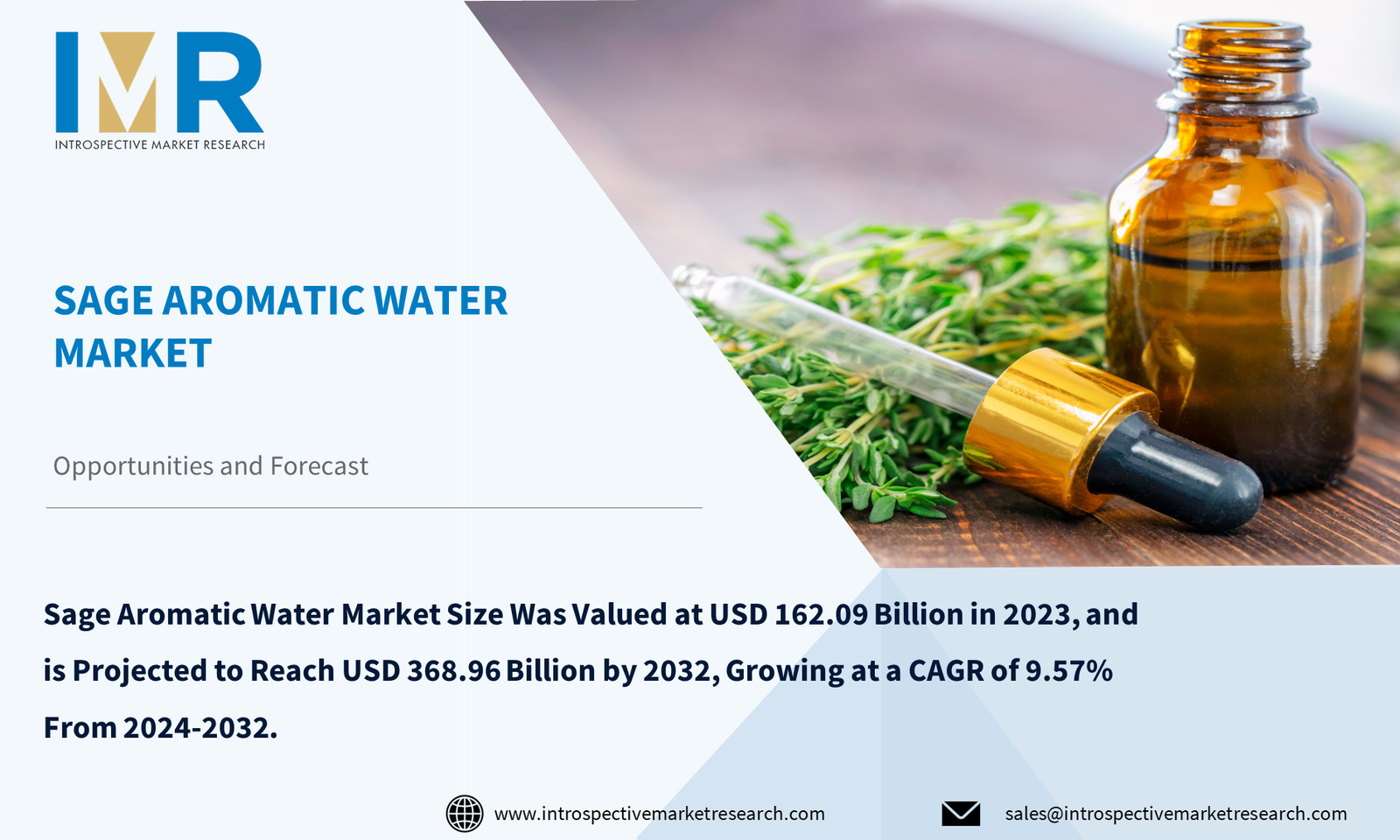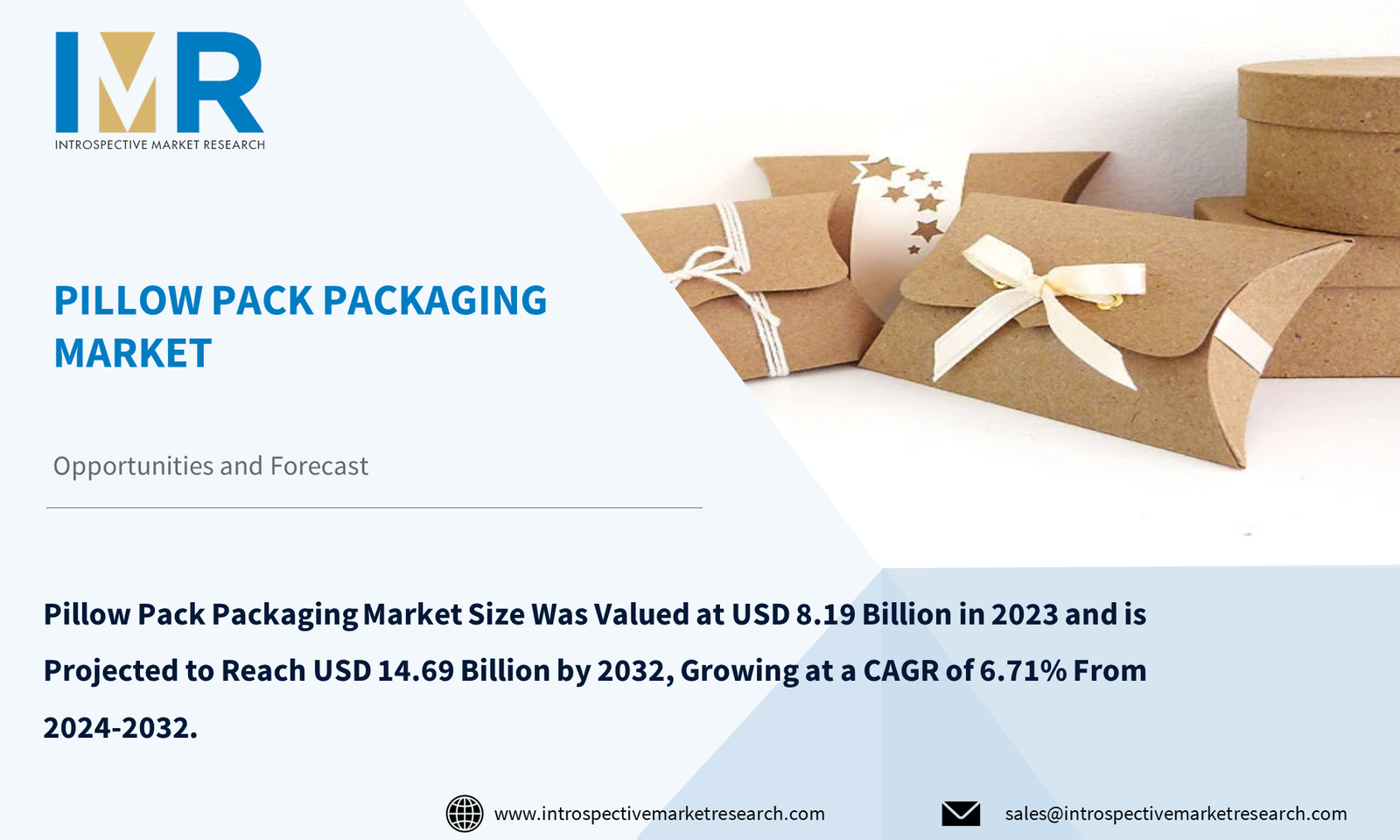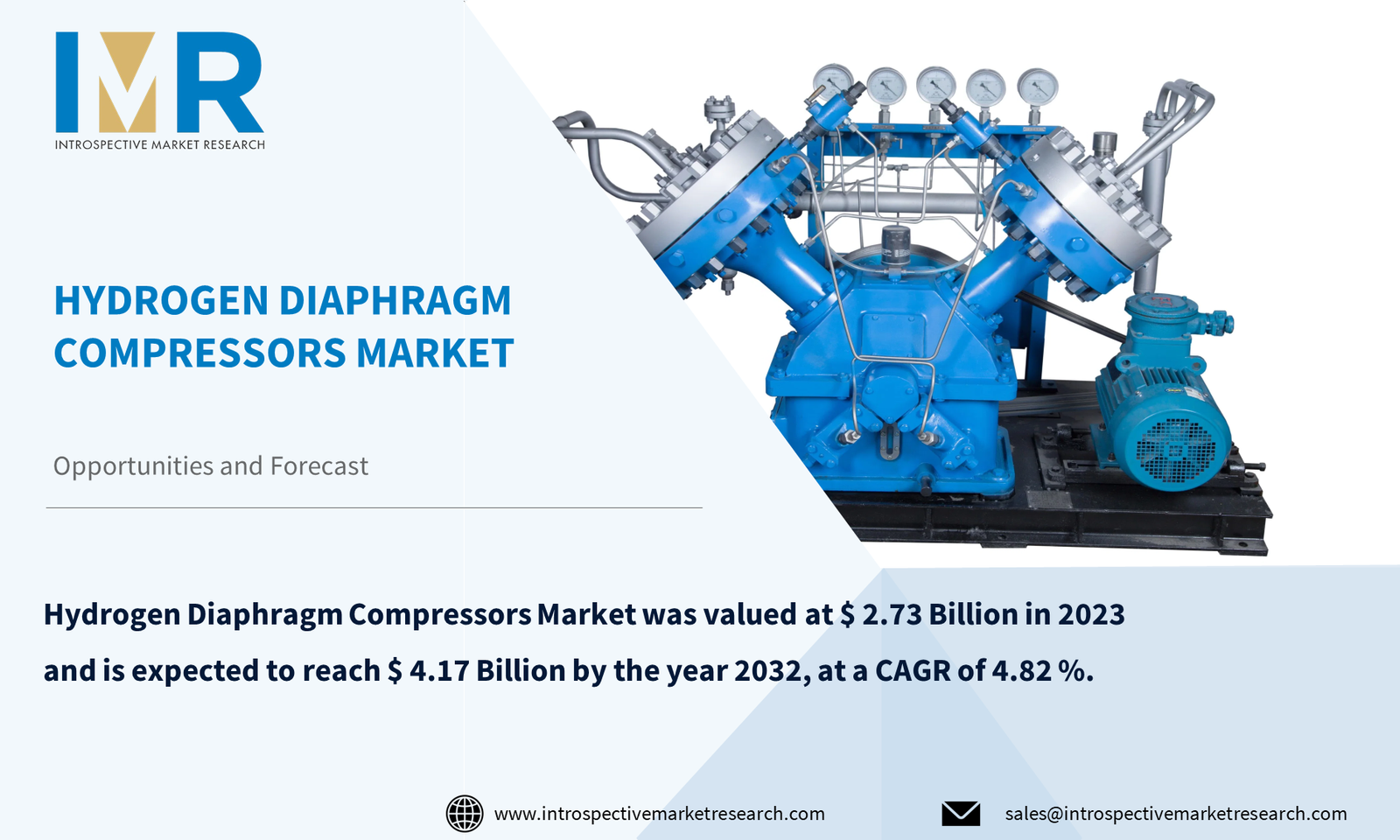
According to a new report published by Introspective Market Research, titled, “Music Composing Software Market by Application and Packaging Type: Global Opportunity Analysis and Industry Forecast, 2024–2032
Music Composing Software Market size was valued at $416.71 million in 2023, and is projected to reach $2879.84 million by 2032, registering a CAGR of 23.96 % from 2024 to 2032.
Music composition software or digital audio workstations (DAW) refers to specialized applications designed for musicians and composers to create, edit, and organize tracks electronically. Music composition software, Sheet Music Maker, is an application that easily creates sheet music. These programs offer various tools and functions that allow composers to experiment with specific sounds, units, and musical patterns.
Music composition software or digital audio workstations (DAW) refers to special applications designed for musicians and composers to create, edit, and organize tracks electronically. Music composition software, also called a sheet music editor, is software that easily creates sheet music. These programs offer a variety of tools and modes that allow composers to experiment with different sounds, instruments, and musical styles.
For more than 20 years, digital audio workstations (DAWs) have revolutionized music production. This software has replaced traditional recording devices and offers many features and tools for recording, editing, and mixing music. The development of digital technology has caused fundamental changes in most areas of the music industry. Early digital recording hardware and software made the recording system somewhat cheaper and less complicated. CDs improved the quality of sound for customers and reduced production and distribution costs. Digital technology has started an explosion in the music industry.
The development of Virtual Audio Workstations (DAW) not only made it easier for everyone to create songs but also made it easier for artists from different parts of the world to collaborate. With cloud-based virtual audio workstations and online collaboration tools, musicians can now effortlessly paint together in real-time, no matter where they are. This connection has fostered a vibrant global music scene, allowing artists to discover concepts from diverse cultural sources and work with talented people they might not otherwise have met.
Artificial intelligence (AI) is starting to appear in music composition tools. These technologies provide features that include intelligent sample generation, real-time melody and harmonic feedback, and automatic program enhancement. This makes it easier for creators, especially beginners, to find musical ideas and bridge the gap between musical ideas and execution.
The integration of artificial intelligence (AI) into track production is shaping the landscape of the tuning industry and offers unprecedented opportunities and new challenges for both the music industry and educational institutions. Some AI music creators have become prominent in the music and technology communities due to their technologies, skills, and interests.
Global Music Composing Software Market, Segmentation
The Music Composing Software Market is segmented based on type, deployment mode, device type, application, operating system, pricing strategy, pricing model, end user, and region.
Type:
The type segment is further classified into professional and casual. Among these, the casual sub-segment accounted for the highest market share in 2023. Free and affordable music production software is readily available, making it accessible to a wide range of users, from hobbyists and beginners to music classroom teachers and students. This affordability allows people to experiment and explore music without a significant financial investment. In addition, many free software developers offer freemium models, where basic features are available for free and additional features are unlocked for a subscription fee. This allows customers to try the software before making a purchase.
Application:
The application segment is further classified into editing, mixing, and recording. Among these, the recording sub-segment is anticipated to show the fastest growth by 2032. The recording segment has the largest market share and the mixer segment is expected to grow the most during the forecast period. Music production software allows the user to record audio, multiple tracks, or live instruments, such as a drum kit or acoustic guitar, separately or together. Also, when it comes to remixing music, using a music app to remix songs is a constant trend. Users can use existing music tracks and mix them to create new music. The software comes with advanced features such as reverb, delay, compression, reverb trend, Virtual Studio Technology (VST) plug-ins, and more that allow artists to produce enhanced and edited music.
Region:
The Music Composing Software Market in North America is projected to show the fastest growth by 2032. The North American music composition software program market is growing rapidly. This is due to several factors, such as the upward push in recognition of digital music production, the rise of streaming services, and the growing demand for song production software. The North American market is also driven by the growing availability of less costly music production software and the increase in the range of track production specialists within the region. Also, the growth of music festivals and live music events within the region is likewise growing the demand for music production software.
Some of The Leading/Active Market Players Are-
- Make Music (US)
- Maestro Music Software (US)
- PreSonus Audio Electronics (US)
- Noteworthy Software (US)
- Passport Music Software (US)
- Sion Software (US)
- PreSonus Audio Electronics (US)
- Avid Pro Tools (US)
- Waveform Free (US)
- Audacity (US), and Other Active Players
Key Industry Developments
- In May 2024, Apple announced the all-new Logic Pro for iPad 2 and Logic Pro for Mac 11, offering stunning professional experiences for songwriting, beatmaking, production, and mixing. Powered by artificial intelligence, the new Logic Pro offers incredible studio-assist features that streamline music production and help artists exactly when they need it – while ensuring they retain full creative control.
- In February 2024, Adobe is exploring new ways for newbie musicians and podcasters to effortlessly create custom-tune tracks. The software large these days announced Project Music GenAI Control, a prototype device that creates musical compositions with the usage of simple text commands. While AI-produced tunes aren't always new, Adobe's providing pursuits to simplify the editing method so all of us can customize AI compositions to our liking.
Key Findings of the Study
- Global Music Composing Software Market projected to reach $2879.84 million by 2032 with a CAGR of 23.96%.
- Integration of AI in music composition tools revolutionizes the industry, offering intelligent features.
- North America to experience the fastest growth, driven by digital music popularity and demand for production software.






